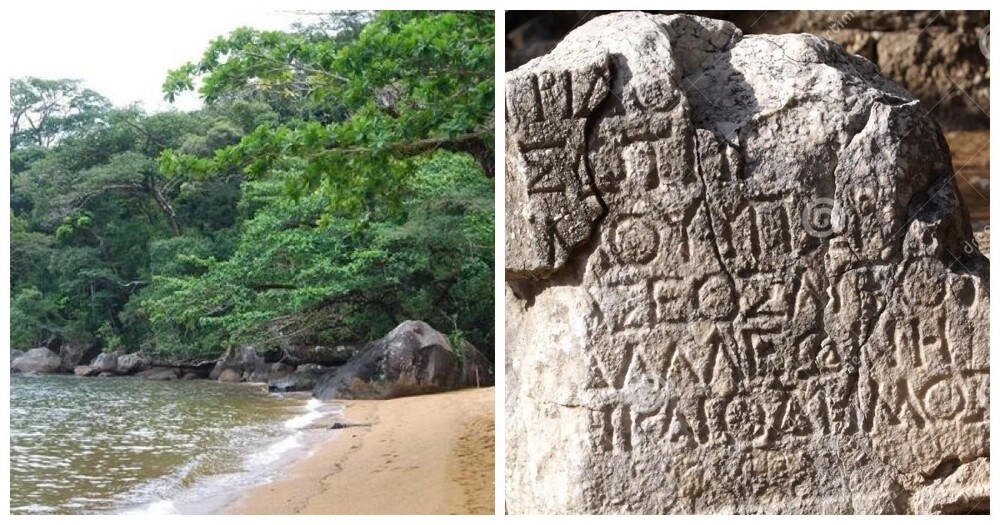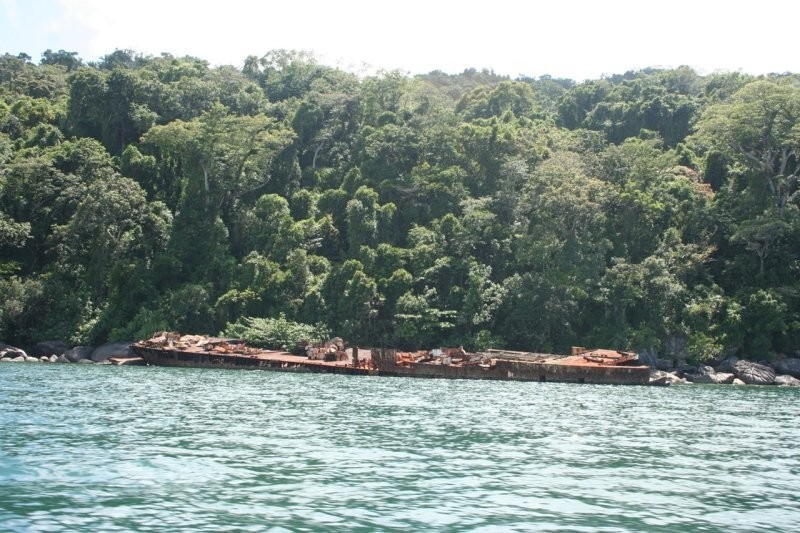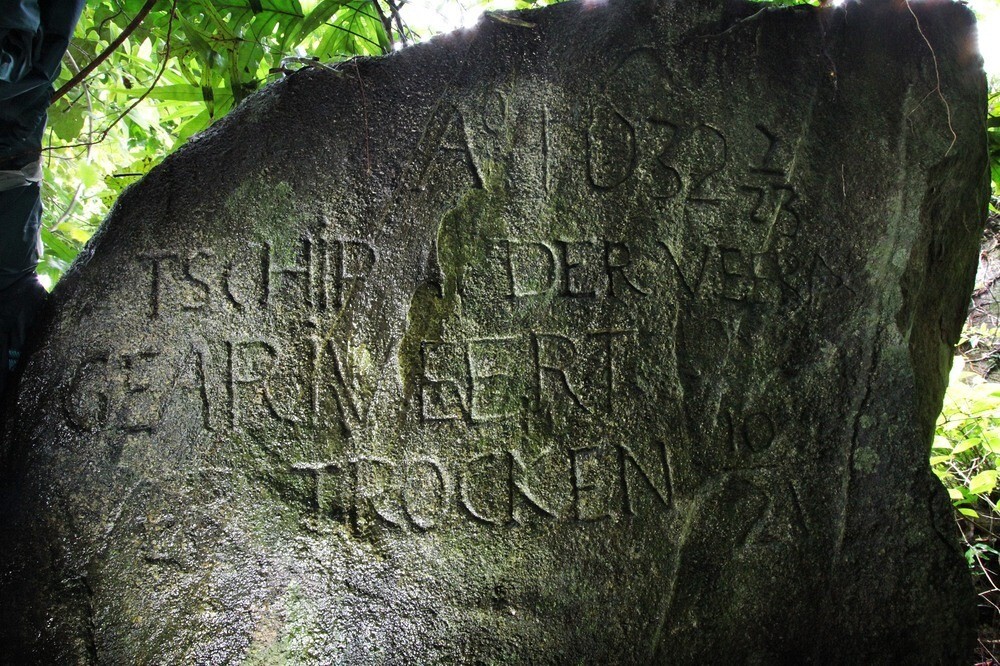Stone messages from sailors on Mangabe Island (6 photos)
At a distance of about 3 kilometers from the coast in Antungila Bay, in the northeastern part of Madagascar, there is a small tropical island of Mangabe. But with very unusual sights. 
The area of Mangabe is just over 5 square kilometers. The climate on the island is humid tropical, and the inhabitants are represented mainly by lemurs. For the rare aye-aye, which people considered fiends of hell because of their unusual appearance and were mercilessly exterminated, a special reserve was even created here in the 60s.
Postal stones 
Mangabe
In the 16th and 17th centuries, the island was a popular stopover for Dutch ships. The sailors replenished fresh water supplies here, repaired breakdowns, and rested. And along the way, having nothing to do, we hung around the island and scratched our names and dates of stay on the rocks. Something like the common “Vasya was here”, only much older. 
Madagascar aye-aye lemur
And then someone came up with the idea of using boulders to transmit specific information - letters. It would be a shame not to take advantage of this opportunity, since the island was a popular and well-known stop. In addition to rock messages, regular writing was also practiced. The paper was carefully wrapped in tarred cloth and buried at the base of a kind of communication center.
In total, about two dozen such letter-scratching sites and 40 letters left by officers and sailors between 1601 and 1657 were discovered on the island.
The sad history of Middleburg and the decline of the stone post office 
The sad story of the Middleburg ship became known thanks to stone letters. In 1625, the ship landed on the shore, having lost its mast and sails during a storm. The team lived here for 7 months, restored the ship and moved to the Netherlands. Unfortunately, no one was destined to reach their native shores: the Middleburg was attacked by the Portuguese and did not leave a single person alive.
But before its death, the ship managed to call at an African port and transmit several messages from Mangabe to their recipients. 
Of course, such a system of information exchange was far from perfect. Enterprising sailors read and stole letters that were not intended for them in order to intercept information addressed to competitors. By the beginning of the 18th century, the practice of postal stones was completely abandoned. 
Several of them ended up in museums. And the rest remained on the island. And they remain the only ones of their kind - preserved in the natural environment where they were created and used.






















